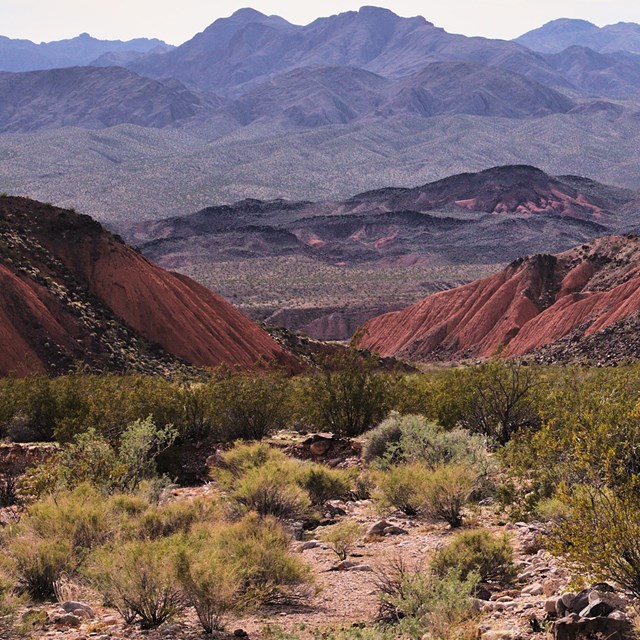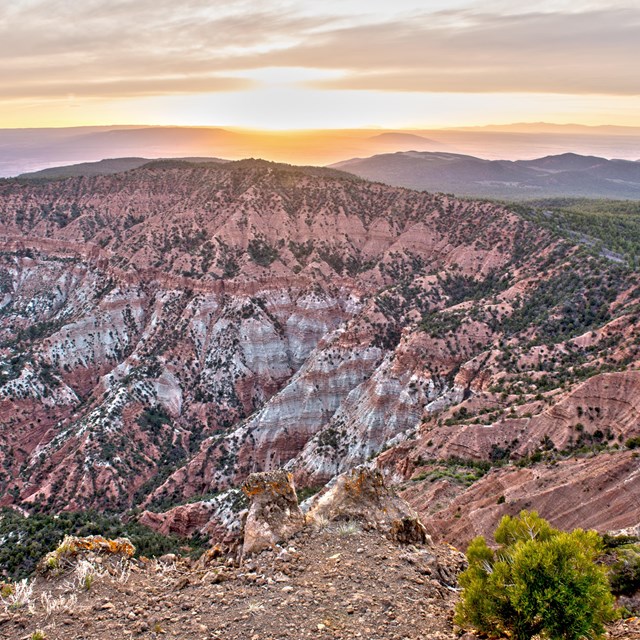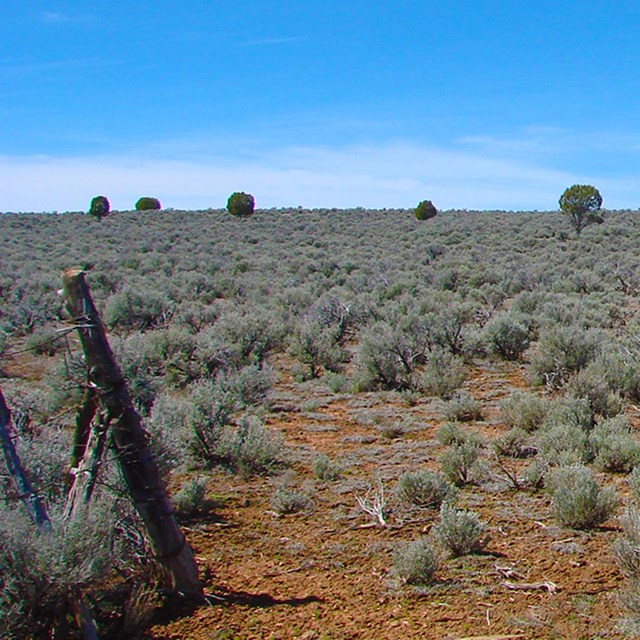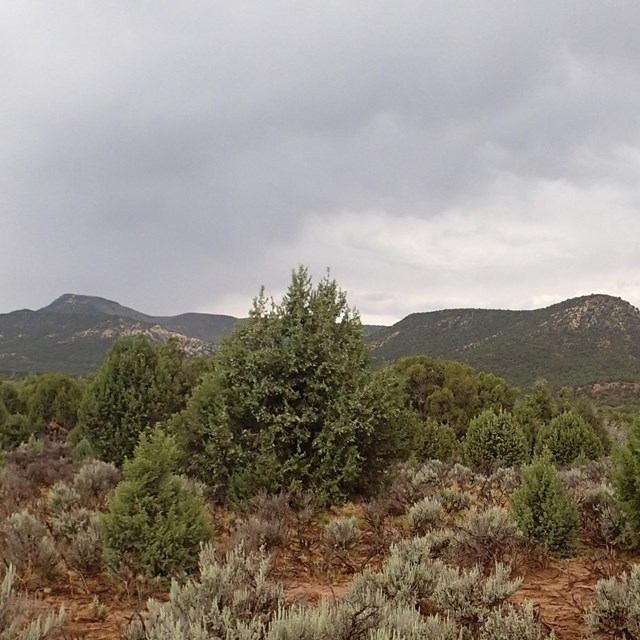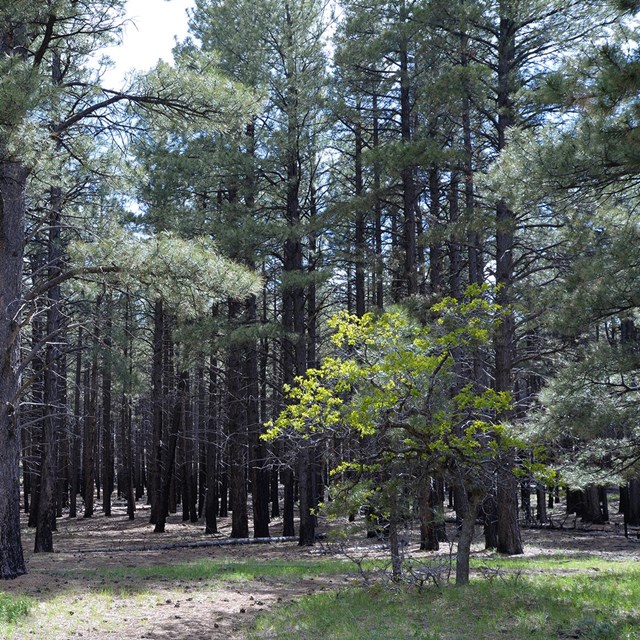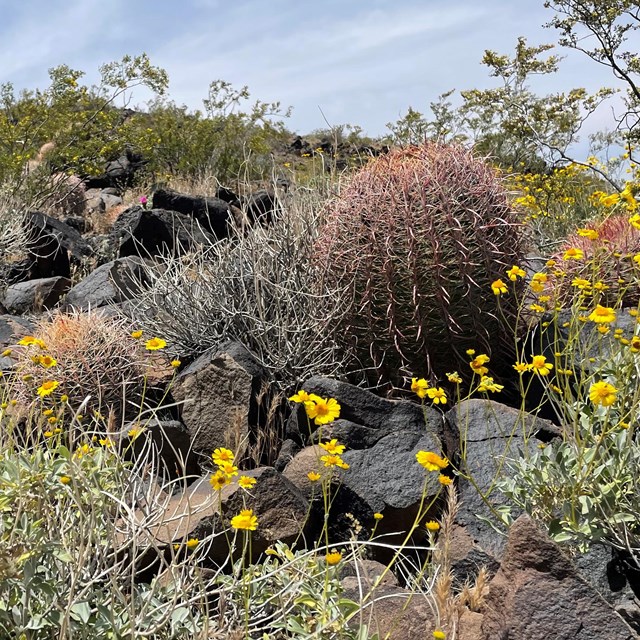Grand Canyon-Parashant National Monuement is located at the junction of two physiographic provinces, the Colorado Plateau and Basin and Range. Sedimentary rock layers are relatively undeformed and unobscured by vegetation. Deep canyons, mountains, and lonely buttes testify to the power of geologic forces. Parashant's landscape has been volcanically active for over nine million years, including lava flows that dammed the Colorado River in the Grand Canyon at least 17 times. The most recent eruption in Parashant was a mere 960 years ago.
The monument contains outstanding biological resources preserved by its remote location and limited travel corridors. It is the junction of two physiographic ecoregions: the Mojave Desert and Colorado Plateau. Individually, these regions contain ecosystems extreme to each other, ranging from stark, arid desert to complex, dramatic higher elevation plateaus, tributaries, and rims of the Grand Canyon. The western margin of the Shivwits Plateau marks the boundary between the Sonoran/Mojave/Great Basin floristic provinces to the west and south, and Colorado Plateau province to the northeast. The intersection of these biomes is a distinctive and remarkable feature.

